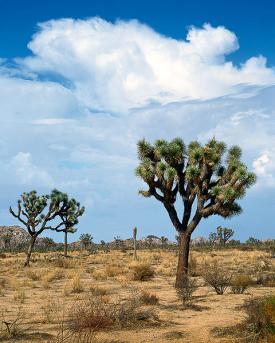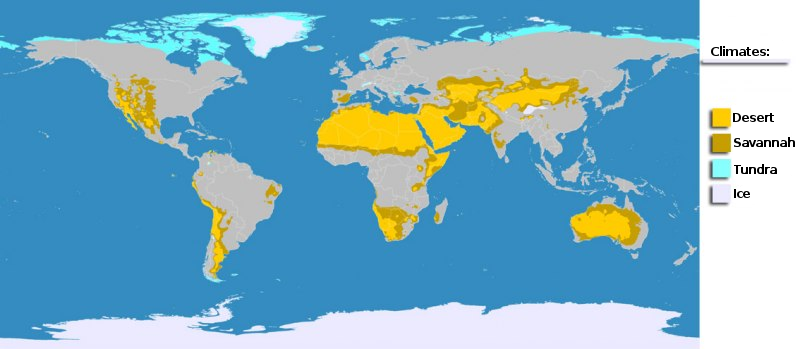Deserts
Characterisatics
- Location
- between 15° and 35° latitude
- Maximal precipitation
- 125 mm a year (0 - 2 humid months)
- Temperature
- daily fluctuation up to 50°C
- Types
- sand-, stone- & rocky desert
The 3 largest deserts
Sahara
Surface: 9 mio. km²
The climate is extremely dry and hot. The trade winds, which brings little precipitation, blows almost continuously during the whole year. The only long-term river is the Nile which crosses the Sahara in the east. The extreme temperatures during the day, that may rise up to 60°C and have high variations amounting up to 30°C between day and night, contribute, among other things, to the formation of the desert. At night, in winter, temperatures up to -10°C can be recorded. The average amount of precipitation in the Sahara is approx. 45.5 mm. Nevertheless, rainless years may also occur.
Gobi
Surface: 1.2 mio. km²
The climate of the Gobi is continental, with extremely low temperatures in winter and hot summers. The differences in temperature between day and night sway strongly throughout the year, because of the lack of water and vegetation. During the winter months, the thermometre may fall below −40°C. Even though the south-east monsoon reaches the steppe, the area only measures 30 to 200 mm of precipitaion per year and is therefore marked as dryness. Although winters are cold, they remain dry. Furthermore, sandstorms and blizzards may occur even in spring and early summer.
Rub' al Khali
Surface: 0.8 mio. km²
The precipitation amounts less than 50 mm per year. Hence, the desert is classed as hyperarid. The temperatures of this tropical desert can sway between the freezing point at night up to 60°C during the day. In spite of the hard conditions, the sandy desert shows its own ecological system. Thus, spiders, rodents and, even if few, botanical species may be found.
More deserts
Asia
| Desert | Location | Size (mio. km²) |
|---|---|---|
| Gobi | China, Mongolia | 1,2 |
| Rub' al Khali | Saudi-Arabia | 0,8 |
| Taklamakan | China | 0,4 |
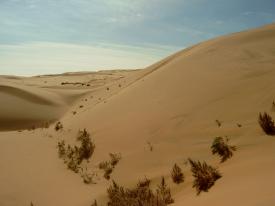
Australia
| Desert | Location | Size (mio. km²) |
|---|---|---|
| Great Sandy | Western Australia | 0.52 |
| Gibson | Western Australia | 0.33 |
| Simpson | Southern Australia | 0.25 |
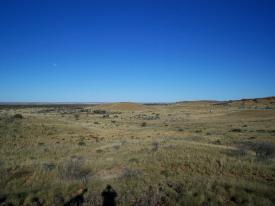
Africa
| Desert | Location | Size (mio. km²) |
|---|---|---|
| Sahara | North Africa | 9 |
| Lybian | North Africa (part of the Sahara) | 2 |
| Kalahari | Botswana, Namibia and South Africa | 1 |
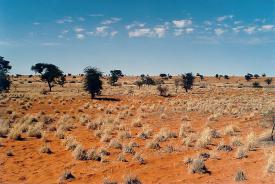
Americas
| Desert | Location | Size (mio. km²) |
|---|---|---|
| Atacama | Argentina, Chile, Peru | 0.4 |
| Sonora | USA, Mexico | 0.16 |
| Mojave | USA | 0.0389 |
